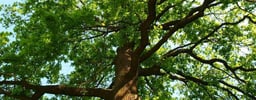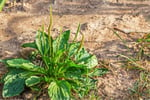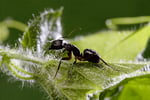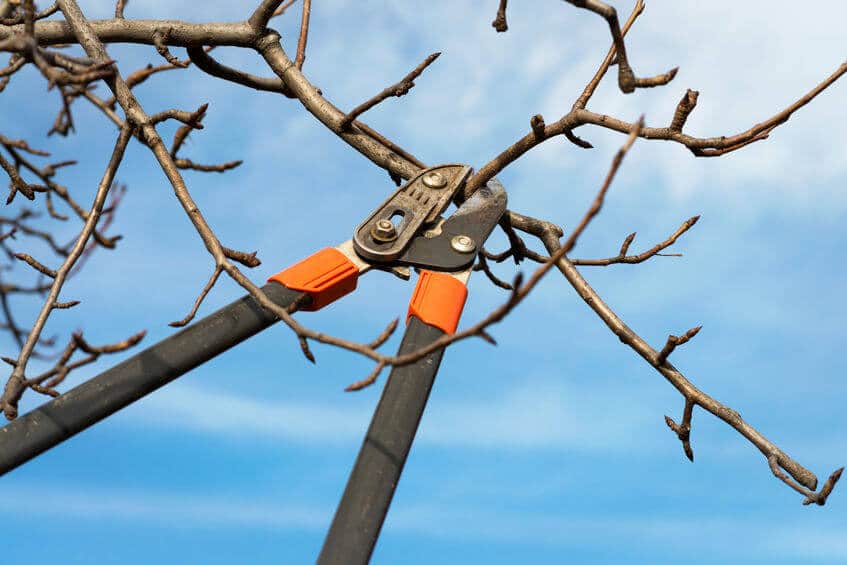Crabgrass can be a large eyesore. Without professional assistance it can be almost impossible to deal with and source of frustration for lawn owners. Contact us today at (877) 944-4007 or click to receive your Free Estimate for lawn care services.
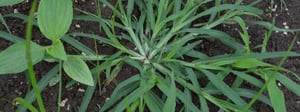
Bermuda Grass
Residential Lawn, Tree, & Pest Control
Some descriptive text here?
Pest Control Program
starting at $93/treatmentFull Service Year Round
*Prices vary by location and property sizes
Lawn Care Program
starting at $52/treatmentComprehensive Treatment
*Prices vary by location and property sizes
Pest Control Program
Starting at $93/treatmentYear Round Protection
Per Treatment for Spraying**
Prices vary by location and property sizes
DENVER LAWN CARE
Senske offers Revive®, a uniquely organic lawn fertilization treatment in Denver, CO. This specialty fertilizer and soil treatment is specially formulated for East Denver lawns.
DENVER PEST CONTROL
Our certified pest control technicians expertly identify pest problems unique to Denver and safely rid your home and property of them. We'll even keep them from returning.
DENVER TREE SERVICE
Our ISA certified arborists know the specific needs of trees and shrubs in Denver, CO. Let Senske protect your property investment and care for your trees.

DENVER LAWN CARE
Senske offers Revive®, a uniquely organic lawn fertilization treatment in Denver, CO. This specialty fertilizer and soil treatment is specially formulated for East Denver lawns.
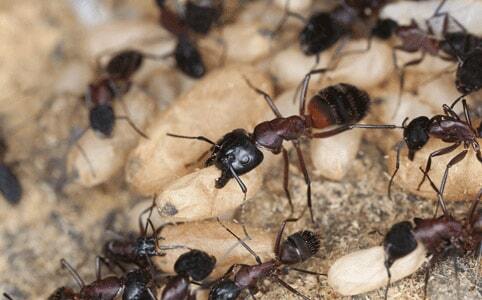
DENVER PEST CONTROL
Our certified pest control technicians expertly identify pest problems unique to Denver and safely rid your home and property of them. We'll even keep them from returning.
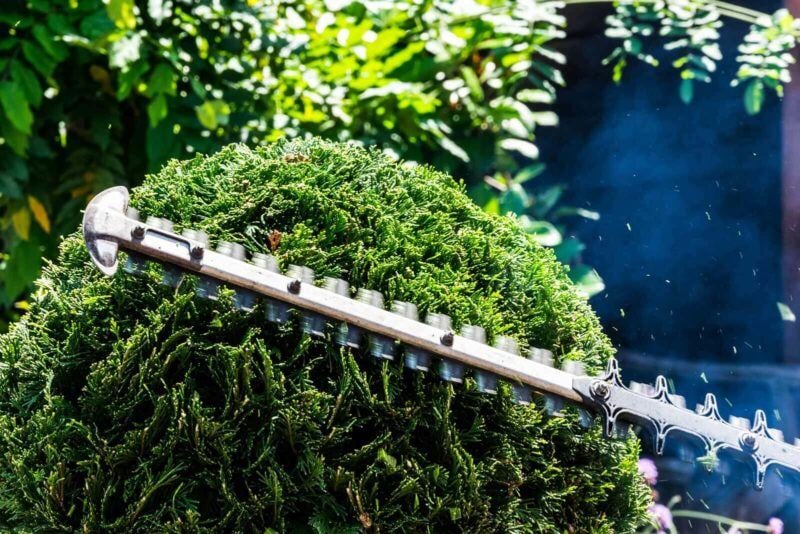
DENVER TREE SERVICE
Our ISA certified arborists know the specific needs of trees and shrubs in Denver, CO. Let Senske protect your property investment and care for your trees.
Crabgrass Control and Removal Services
We have all seen it – looking at our lush, green grass we suddenly see something growing that doesn’t belong. Although most people have dealt with crabgrass in their lawns, it remains one of the most misidentified lawn weeds and a challenge for weed control. Some will see tall and wide stalks of grass growing and believe they are dealing with crabgrass. Crabgrass, however, doesn’t grow upright but rather close to the ground and gets its name from the stems that grow out low, like crab legs, and has a blue-green or a yellow-green color.
- What is Crabgrass?
- Crabgrass Prevention Tips
- How to Get Rid of Crabgrass – Removal Tips
What is Crabgrass?
 Crabgrass is an annual weed that grows during the spring as the soil warms up. Ideal germinating time for crabgrass is when the soil temperature is between 55 and 60 degrees, usually around early spring. Crabgrass control becomes very difficult once it sprouts because the plants quickly get to the seeding phase and drop up to 5,000 seeds onto your lawn. When lawns are trimmed too low, it gives the soil a better chance to warm up and makes it that much easier for crabgrass to root and take over the lawn.
Crabgrass is an annual weed that grows during the spring as the soil warms up. Ideal germinating time for crabgrass is when the soil temperature is between 55 and 60 degrees, usually around early spring. Crabgrass control becomes very difficult once it sprouts because the plants quickly get to the seeding phase and drop up to 5,000 seeds onto your lawn. When lawns are trimmed too low, it gives the soil a better chance to warm up and makes it that much easier for crabgrass to root and take over the lawn.
As the season progresses, the weed will start to turn a reddish brown as the plant matures. Once the first frost hits, the annual crabgrass plant dies and lies dead until winter weather causes the dead weed to disintegrate, only to be replaced by new plants from its fertile seeds the next spring.
Besides the unfavorable appearance of having crabgrass taking over a lawn, it can actually cause major damage as well. As crabgrass grows, it can release a root toxin into the soil that can cause the lawn grass or blue grass lawn to weaken, in turn making it easier for the crabgrass to reproduce in other areas. As the weed matures it will release seeds in the fall that will stay dormant until spring when the soil warms up and the cycle repeats itself.
Crabgrass Prevention Tips
Crabgrass, a low growing, blue-greenish lawn weed, can not only ruin the look of a well-maintained lawn but also weaken the soil below it. Crabgrass grows when the soil warms in the spring, when the soil temperature reaches between 55 and 60 degrees, and can spread quickly throughout the yard. Mature crabgrass plants can drop as many as 5,000 seeds at one time! Crabgrass is a difficult weed to remove and destroys the beauty of a lawn. This annoyingly aggressive weed is definitely not something to ignore. Crabgrass control is best achieved through prevention. Small steps can be taken to ensure that the weed doesn’t have the environment it needs to grow strong and happy, so follow these crabgrass prevention tips and help keep your lawn healthy and beautiful.
 One step for crabgrass prevention is to mow high. Crab grass needs warm soil to grow and doesn’t like the shade, so by making sure your grass isn’t cut too short you can help keep the crabgrass from sprouting. It’s also important to make sure that edges of the lawn aren’t trimmed too short either. Short grass can weaken the grass plant and expose soil, creating a great place for invading crabgrass to take root. Improper use of string trimmers around lawn perimeters can grind the grass down close to the soil and make a lovely environment for crabgrass to sprout. This is particularly important to watch alongside walks and drives.
One step for crabgrass prevention is to mow high. Crab grass needs warm soil to grow and doesn’t like the shade, so by making sure your grass isn’t cut too short you can help keep the crabgrass from sprouting. It’s also important to make sure that edges of the lawn aren’t trimmed too short either. Short grass can weaken the grass plant and expose soil, creating a great place for invading crabgrass to take root. Improper use of string trimmers around lawn perimeters can grind the grass down close to the soil and make a lovely environment for crabgrass to sprout. This is particularly important to watch alongside walks and drives.
Another step toward crabgrass control is to start watering early. Sometimes lawn owners wait until they see that the grass needs watering before they start. This usually occurs after the outside temperature warms enough to start to dry a lawn out, which is also the exact time when crabgrass starts sprouting. By starting to water at this late time, you actually give crabgrass the nutrients it needs to grow. By watering early, you strengthen the grass and help it grow thick and healthy, leaving no room for the crabgrass to grow.
Also making sure that your lawn is being fertilized can help to ensure that grass grows thick, leaving no room for weeds to take root. It is usually best to fertilize early in the spring before the crabgrass can start to grow. Crabgrass prevention is most effective if applied before the soil reaches 55 degrees, which is the perfect overnight crabgrass seed germinating temperature. Senske will apply materials that prevent the seed from sprouting as a part of our full lawn program that schedules the right products on your lawn at the right time.
How to Get Rid of Crabgrass – Removal Tips
There are not many things that destroy the look and feel of a yard faster than an infiltration of crabgrass. This blue-green weed that grows low to the ground while spreading its long spindly leaves like crab legs, spreads quickly and can be very difficult to eliminate once established.
As with most cases, the best way to ensure crabgrass control is through prevention. Crabgrass prevention can be achieved by creating an environment unsuitable for crabgrass growth by making sure the grass isn’t mowed too short, as well as watering and fertilizing early in the growing season. Watering and fertilizing early in the growing season will also help grass grow thick and healthy and not allow crabgrass to gain valuable nutrients needed to grow.
What do you do though if crabgrass is already sprouting up in your yard and it’s too late for these preventative measures? Here are a couple of techniques that you can use to control and get rid of crabgrass.
One quick way to remove crabgrass is to pull out the young seedlings as they sprout. It is very important, however, to take a close look at the seed head of the young crabgrass. If the seed head is still closed then it is fine to go ahead and pull it out, but if the seed head is opened, and has a fork like appearance, it is too late to pull the weed out. Doing so will just make it easier for the crabgrass to release up to 5,000 new seeds into your yard.
Post Emergence spray, used after the seed has turned into a plant and started to grow, can also be used to deal with a crabgrass problem. The spray can be used while crabgrass is growing, when its roots are too deep to pull out by hand. Spray results will vary depending on the age of the plant. It’s important to be careful when spraying crabgrass because if too much is used, it can impact the surrounding grass. If you choose to spray, it’s important to do it before the weed has started to seed. Keep in mind that dead crabgrass will remain brown and unsightly until winter weather causes it to deteriorate.
Don’t let crabgrass choke the beauty and life out of your lawn
Weeds, Lawn & Tree Diseases, and Pests to Look Out For
Weeds Common for Denver
Senske lawn care and tree service treatments in Denver East enables a greener lawns, healthy trees and shrubs without the hassles and time commitment needed to maintain it yourself. We’ll also help remove weeds, treat lawn and tree diseases and problem areas. Senske Services has been providing residential and commercial lawn care services to communities in the Northwest since 1947.
Our Denver East and surrounding communities lawn care services reflect our commitment to quality in all aspects of lawn maintenance. Learn more about Denver East weed and lawn diseases we solve:










Find Out About Other Weeds, Lawn & Tree Diseases, and Pests to Look Out For























How can we help you?
Satisfaction Guaranteed!
Get a Free Estimate Today
Make your yard the greenest on the block and enjoy a home free from pests, all delivered by courteous, & professional techs.Great service!
Jason did a nice job on our Christmas lights. The crew arrived on schedule and accommodated my special requests. They even wired up a few of my yard decorations without my asking them. Thank you!
Very Professional!
“Max calls ahead, comes early in the day, and answers all my questions. He’s very professional!"Extremely Pleased!
“I have been extremely pleased with this service, my lawn has literally gone from drab to fab. Steve serviced the lawn today and as always, let's me know he is here (per my request) tells me follow up steps and then is on his way to do the service."Thankful for Senske!
“I am thankful my neighbor recommended Senske services, as a single mom, I do not have time, or energy to fix my lawn, so I hired the pros. Definitely worth it and very reasonable costs. Much appreciated."The Dirt
Find out more on our blog.





